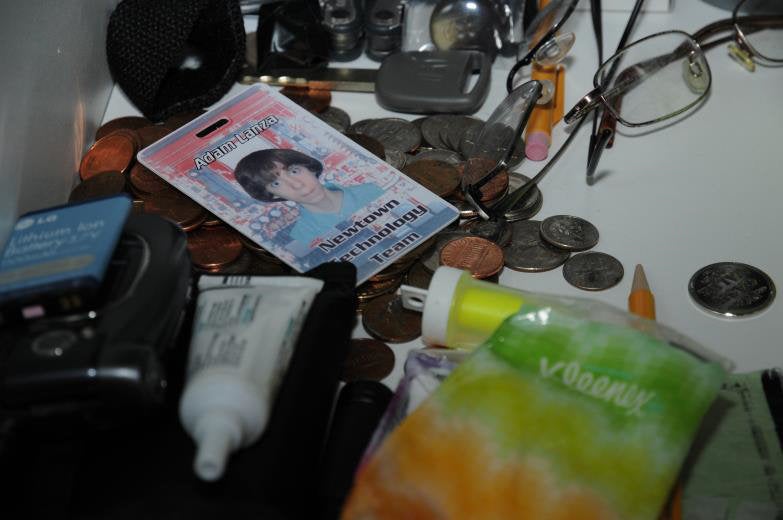Sandy Hook Elementary didn't take chances when it came to safety.
The school had regular lockdown drills, teaching students and teachers to stay quiet and out of sight, had instituted a sign-in procedure for visitors that required photo ID, and had installed security cameras outside the main entrance of a closed campus that locked its front doors after 9:30 a.m.
The Newtown school district spent 10 times more on school security training this year, ABC News reported. As its measures didn't prevent Friday's brutal attack, school officials and safety experts are debating whether current safety procedures are the best to follow in similar cases. Still, as the country mourns the loss of 26 innocent lives, the heroic acts of the school's teachers and staff likely kept the incident from taking an even darker turn.
Library clerk Mary Ann Jacob kept a group of students safe by sending them to a back closet between bookshelves in the library. But that move wasn't an improvised decision.
"We practice it, and they knew what to do, and you just think about protecting the kids and just doing the right thing," Jacob told ABC News. "Kids know the routine, and the teachers know the routine, and everyone has a spot in the room where they are supposed to go to."
Experts say they believe Sandy Hook teachers did everything they could to protect their students. Even so, school safety experts like former SWAT officer Greg Crane think lockdown procedures are too passive, as they often don't include guidelines like locking a door. Crane founded a school safety program called ALICE -- which stands for alert, lock down, inform, counter, evacuate -- and commended first-grade teacher Kaitlin Roig for locking and barricading her students in a bathroom.
As key details are still unclear -- like shooter Adam Lanza's motive for the attack -- experts also say the present key issues aren't whether to install cameras or use metal detectors. Students need to know to trust those in charge, says Bill Bond, the school safety specialist for the National Association of Secondary School Principals.
"There is not a single safety measure that anyone could have put in place at that school that would have stopped what happened," Bond told CNN. "When you allow absolutely insane people to arm themselves like they're going to war, they go to war. In a school, your only real protection is kids trusting you with information. If they don't trust you with information and someone is planning to do something, it's a matter of how many will be killed before you kill him."
And the design of comprehensive emergency response-and-prevention measures should not follow a cycle of highs after tragedies like the one in Newtown -- only to be followed by lows as the months pass and strapped budgets force security cuts, National School Safety Services President Kenneth Trump tells CNN.
"The vast majority have a crisis plan on paper. It's much more common that we find those plans are collecting dust on the shelf and they're not a part of the culture for the practice," Trump said. "I don't believe we need to throw out the book of best practices on school safety. I think we do need to focus our resources, time and conversation back on the fundamentals."
